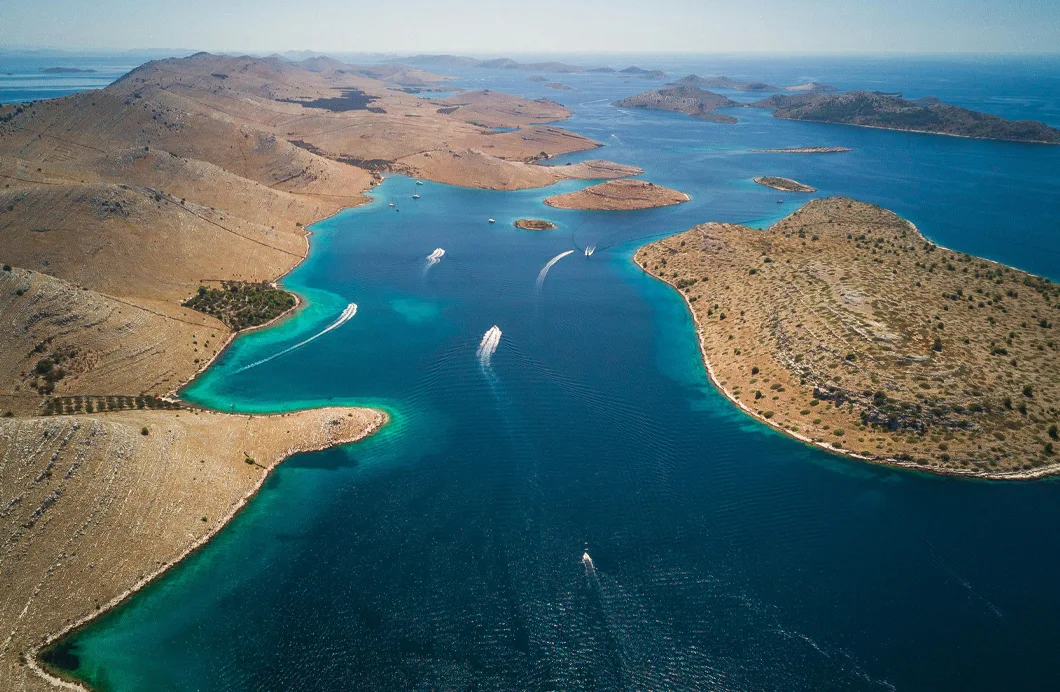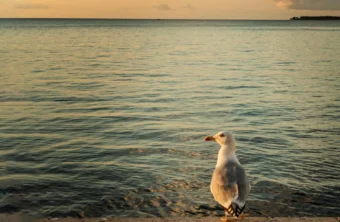26
Mar
Floating longline: an optimized technique for pelagic species in midwaters
Technological aspects and working principle
The floating longline is an advanced fishing technique based on the hydrostatic balance between buoyancy and weight. It is suitable for fishing pelargic fish. It can be found under various names such as swimming longline, floating longline or mole longline. Unlike classic bottom longlines, this system enables precise control of the hunting depth through:
- Balanced system of floats and weights
- Variable leader length
- Strategically placed reference points (every 5-6 hooks)
Optimal equipment configuration
Basic parameters:
- Base thickness: 0,90 mm
- Rig thickness: 0.50–0.60 mm
- Rig length: approx. 60 cm
- Hook spacing: approx. 5 m
- Hooks: Mustad 2310dt, sizes 11–13
- Float: Ø 18 mm (red or yellow)
- Sinker: 3 g (fixed)

Dynamic placement model
The implementation process requires strict adherence to the following stages:
- Preliminary survey of the terrain (sonar, bathymetric maps)
- Calculation of depth range according to the thermocline
- Setting reference marks (kavicale every 50m)
- Position control every 30-60 minutes
Statistical efficiency
Studies conducted in the Eastern Adriatic (2018-2022) show:
| Parameter | Floating longline | Clasic longline |
|---|---|---|
| Catch rate | 73% | 58% |
| Reaction time | 42 min | 68 min |
| Species diversification | 5.2 types/session | 3.7 types/session |
Operational recommendations
- Bait selectivity: A combination of live bait or baits such as sardines, squid, bibi
- Movement Tactics: Rotate positions every 2 hours
- Environmental monitoring: Temperature and salinity monitoring
- Security protocol: Regular control of the strength of connections
Conclusion: strategic advantages
The implementation of a floating longline brings three key advantages:
- Increased selectivity towards target species
- Reduced impact on the seabed (benthic ecosystems)
- Improved energy efficiency of fishing operations
Whether you are a professional or a beginner, an amateur, find a large selection of swimming longlines and other fishing equipment in our web store.
RELATED
Posts
Lov parangalom zahtjeva iskustvo, preciznost i kvalitetnu opremu. Jedan od ključnih ribarskih alata koji svaki ribolovac mora imati prilikom lova...
read more
17
Feb
Longline Fishing: The Complete Guide
Ribolov parangalom jedan je od najstarijih i najpopularnijih načina ribolova, posebno u mediteranskim regijama poput Hrvatske. Ovaj tradicionalni način ribolova...
read more
25
Feb
Longline: A Beginner's Guide to Whitefish Fishing
Parangal je tradicionalni način ribolova koji se na našim područjima prakticira stoljećima i koji je kroz povijest ostao nepromijenjen ako...
read more
26
Mar
Hake Longline Fishing: Everything You Need to Know for Successful Fishing
Zašto je Parangal Idealno Rješenje za Lov Mola?
Ako ste ikad sanjali o ulovu velikog mola, parangal je alat kojem biste...
read more
26
Mar
Longline for Dentex: An Expert Guide to Successful Fishing
Uvod: Značaj i Izazov Lovljenja Zubaca
Zubatac (Dentex dentex) predstavlja jednu od najatraktivnijih vrsta za sportski ribolov na Mediteranu, posebno zbog...
read more
26
Mar
Hake longline: frequently asked questions (answered by experts)
1. Parangal za mole - koja je optimalna duljina?
Parangal za mole: najčešća pitanja (odgovorena od strane stručnjaka) pa krenimo od...
read more
27
Mar
Rope vs. Nylon Hake Longline – Which Suits You Better?
Lov na mole (Umbrina cirrosa) zahtijeva specijaliziranu opremu, a parangal za mole predstavlja najpopularnije rješenje za uspješan ribolov. Kako biste...
read more
3
Jun
Hake Longlinea: Best Fishing Locations
Ako koristite parangal za mola i tražite najbolje ribolovne lokacije u Hrvatskoj, ovaj vodič će vam otkriti gdje ova cijenjena riba...
read more
2
Jul
How to set a standing longline correctly? Tips for a bigger catch
Stajaći parangal je jedan od najpopularnijih ribolovnih alata za lov pridnenih vrsta ribe poput škrpina, oslića i ugora. Za razliku od...
read more


